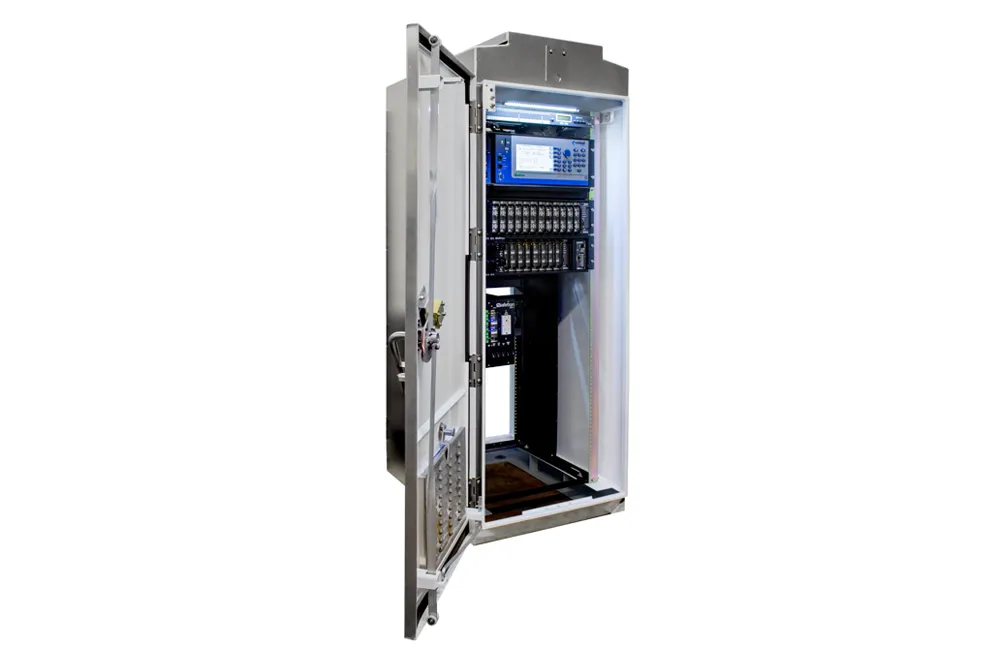The first of the twin centres designed to promote common standards in electric mobility and smart grids on both sides of the Atlantic has been inaugurated at the US Department of Energy’s (DOE) Argonne National Laboratory near Chicago. The second Centre will be opened in the EU, at the JRC sites in Petten, The Netherlands and Ispra, Italy, in 2014. The launch follows eighteen months of dedicated work following the letter of intent for closer co-operation, signed by the JRC, the European Commission's in-hous
July 22, 2013
Read time: 2 mins
The first of the twin centres designed to promote common standards in electric mobility and smart grids on both sides of the Atlantic has been inaugurated at the 5631 US Department of Energy’s (DOE) 5041 Argonne National Laboratory near Chicago. The second Centre will be opened in the EU, at the JRC sites in Petten, The Netherlands and Ispra, Italy, in 2014.
The launch follows eighteen months of dedicated work following the letter of intent for closer co-operation, signed by the JRC, the1690 European Commission's in-house science service, and the DOE in 2011.
In the light of the EU-US negotiations on a free trade agreement, aiming to lower tariffs and harmonise standards, the work of the Interoperability Centres will be particularly pertinent in the energy and transport sectors.
Standardisation in this field will benefit the European energy landscape while converging transatlantic technical regulations could lead the way to global standards. The trade and investment agreement currently negotiated by the EU and the US known as the Transatlantic Trade and Investment Partnership (TTIP), aims to remove tariffs and differences in technical regulations, standards and certifications which cost time and money to companies and consumers. In the context of the importance of this agreement for converging standards across the Atlantic, the work of the twin Interoperability Centres will play a scene-setting role for technology harmonisation in the two biggest world economies.
In an additional development relevant to EU-US co-operation in standardisation, the JRC and the US National Institute for Standards and Technology (NIST) have agreed to boost their co-operation in standards and measurements to ten different areas, including energy and transport.
The launch follows eighteen months of dedicated work following the letter of intent for closer co-operation, signed by the JRC, the
In the light of the EU-US negotiations on a free trade agreement, aiming to lower tariffs and harmonise standards, the work of the Interoperability Centres will be particularly pertinent in the energy and transport sectors.
Standardisation in this field will benefit the European energy landscape while converging transatlantic technical regulations could lead the way to global standards. The trade and investment agreement currently negotiated by the EU and the US known as the Transatlantic Trade and Investment Partnership (TTIP), aims to remove tariffs and differences in technical regulations, standards and certifications which cost time and money to companies and consumers. In the context of the importance of this agreement for converging standards across the Atlantic, the work of the twin Interoperability Centres will play a scene-setting role for technology harmonisation in the two biggest world economies.
In an additional development relevant to EU-US co-operation in standardisation, the JRC and the US National Institute for Standards and Technology (NIST) have agreed to boost their co-operation in standards and measurements to ten different areas, including energy and transport.









